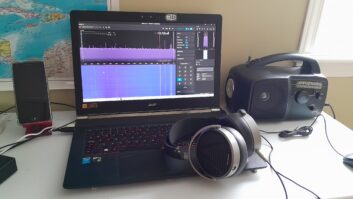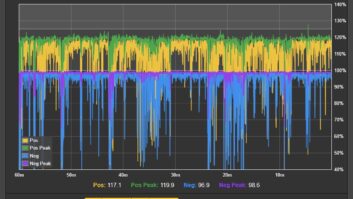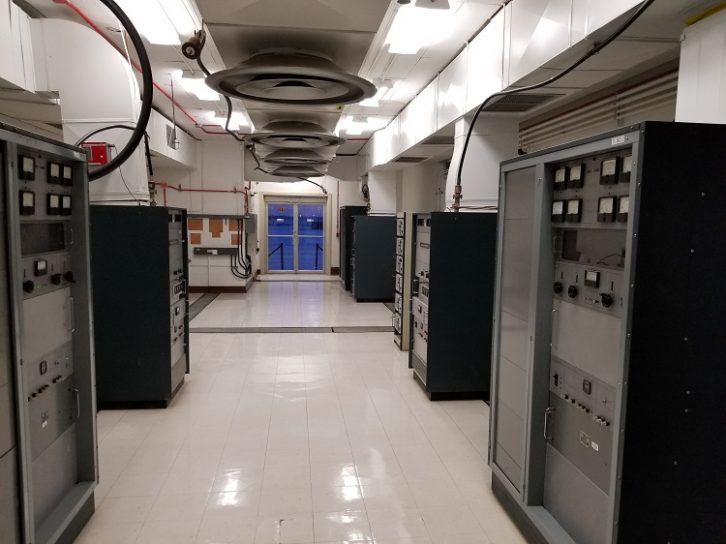
It is nestled in a farmer’s field in southwestern Ottawa, Canada, in a protected area known as the Greenbelt, surrounded by miles of sprawling suburbia.
It is CHU, Canada’s own automated time station.
Operating from a 1940s-era transmitter building and three vertical antenna towers, CHU broadcasts automated voice time signals in both English and French 24/7.
Its broadcasts are transmitted on 3.33, 7.85 and 14.67 MHz, and are heard through central/eastern Canada and the eastern United States, plus many other areas of the planet on a regular basis.
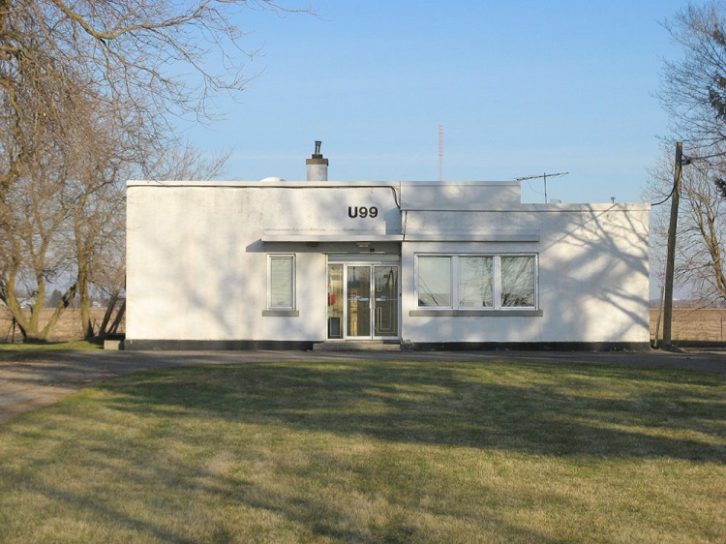
CHU’s time service is operated by Canada’s National Research Council, with the station being remotely controlled from the NRC’s Montreal Road headquarters central Ottawa some 12 miles away. The time signals are based on CHU’s trio of atomic clocks on-site, which are constantly checked against the atomic clocks at NRC headquarters.
“We are equipped with 1960s-era 10 kW transmitters that have been highly modified over the years,” said Bill Hoger. He is the Research Council officer who maintains the unmanned station as part of his overall duties along with two other off-site technicians.
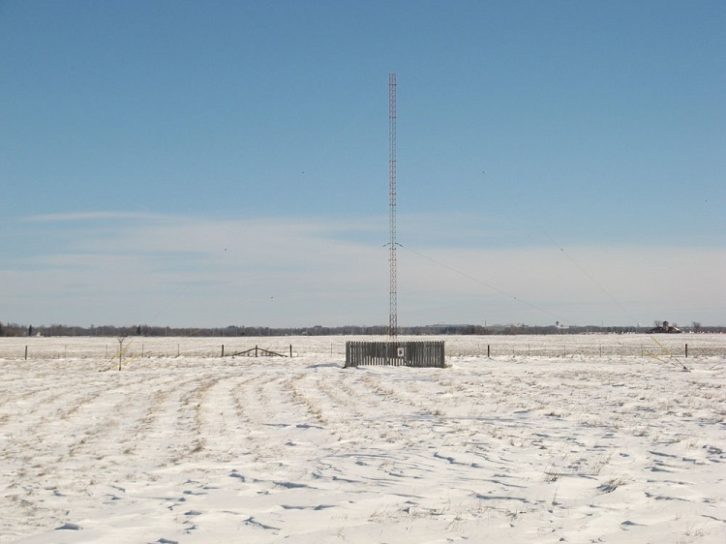
“Before we moved to 7.85 from 7.335 MHz in 2009 due to an ITU frequency reallocation, we ran 7.335 MHz at 10 kW, our highest output power at CHU,” said Hoger. “But after the move we got complaints from a person in New Zealand who said we were causing interference, so we cut our power to 5 kW peak.” (CHU’s other transmissions run at lower powers.)
CHU was launched as experimental station 9CC at the Dominion Observatory in downtown Ottawa. Regular time broadcasts began using the callsign VE9OB in 1929.
In 1938 it became CHU, and in 1947 the station was moved to its current flat rural site in a project to boost its transmitting power, enlarge its antenna farm and extend its reach.
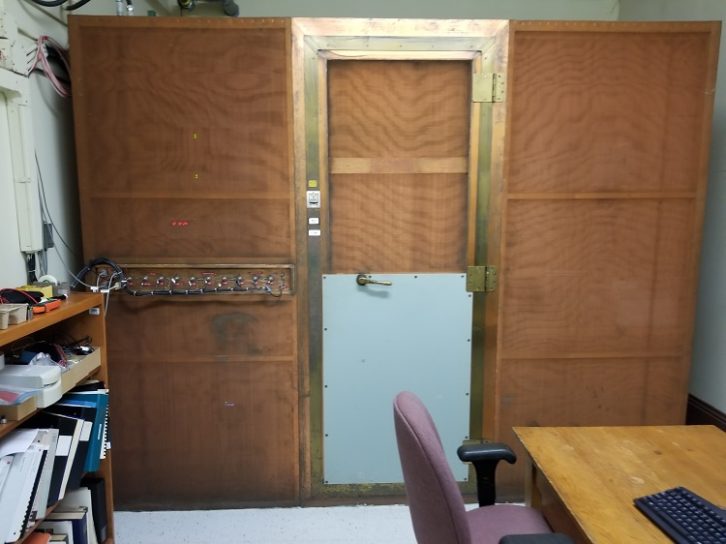
The idea behind VE9OB/CHU was to provide accurate time-keeping information to people across Canada, especially those in rural and remote areas who needed accurate time and didn’t have local access to it. The country’s vast spaces and its government’s determination to bridge them is why it has been a pioneer in national microwave and satellite communications for decades.)
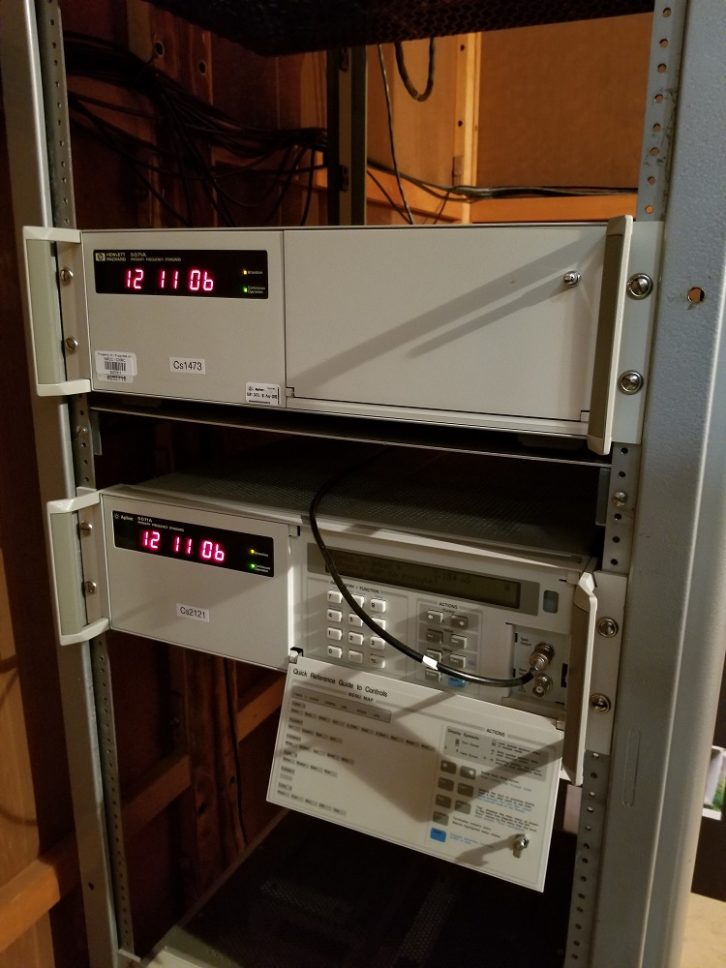
“Initially our service was just a constant frequency with patterns of Morse Code pulses in it to indicate the time,” said Hoger. More Morse Code information such as station identification was added in the 1930s, with recorded voice time messages coming from a mechanical “speaking clock” starting in 1952. This system used recorded time announcements on film whose playback was controlled remotely by the clocks. “We then went to digital playback in the 1990s,” he said.
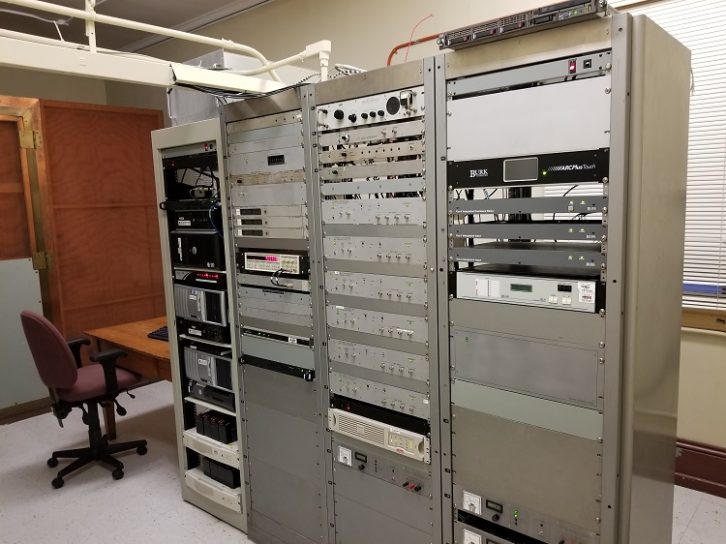
In its early days, CHU had personnel on site, but today the station runs itself with occasional human intervention. Still, it has a following: “We receive listener reports from around the world, and send out QSLs (reception report cards) on a regular basis,” Hoger said. Meanwhile, the NRC keeps this 1940s-facility maintained and repaired.

